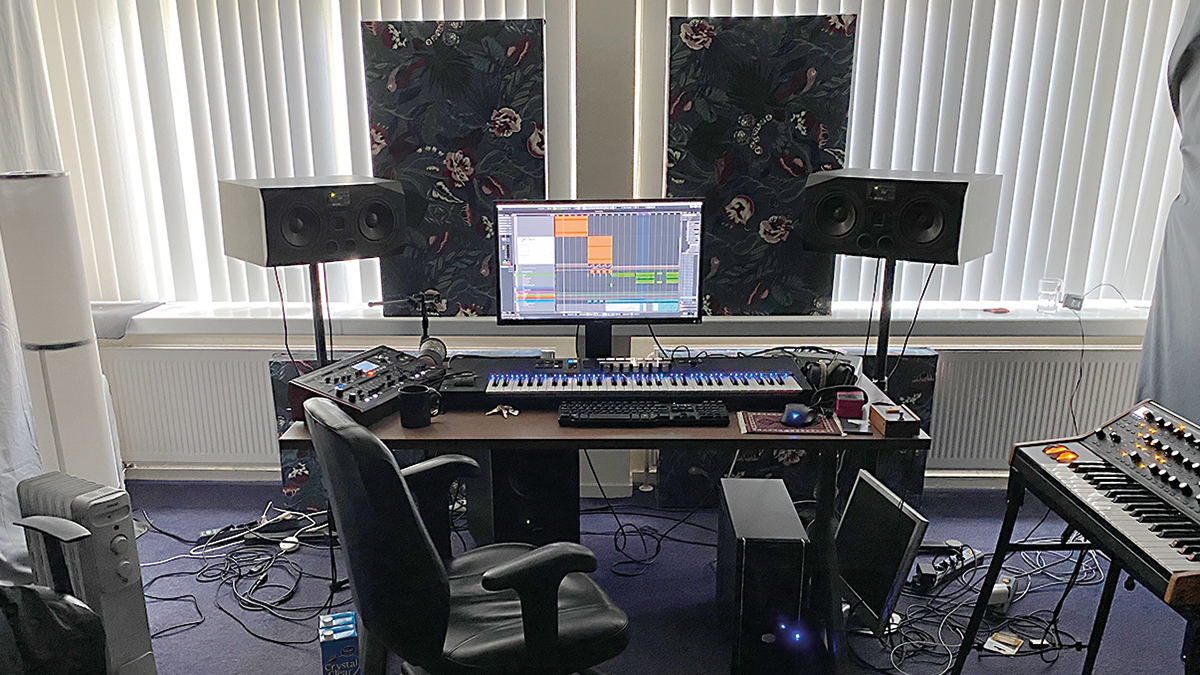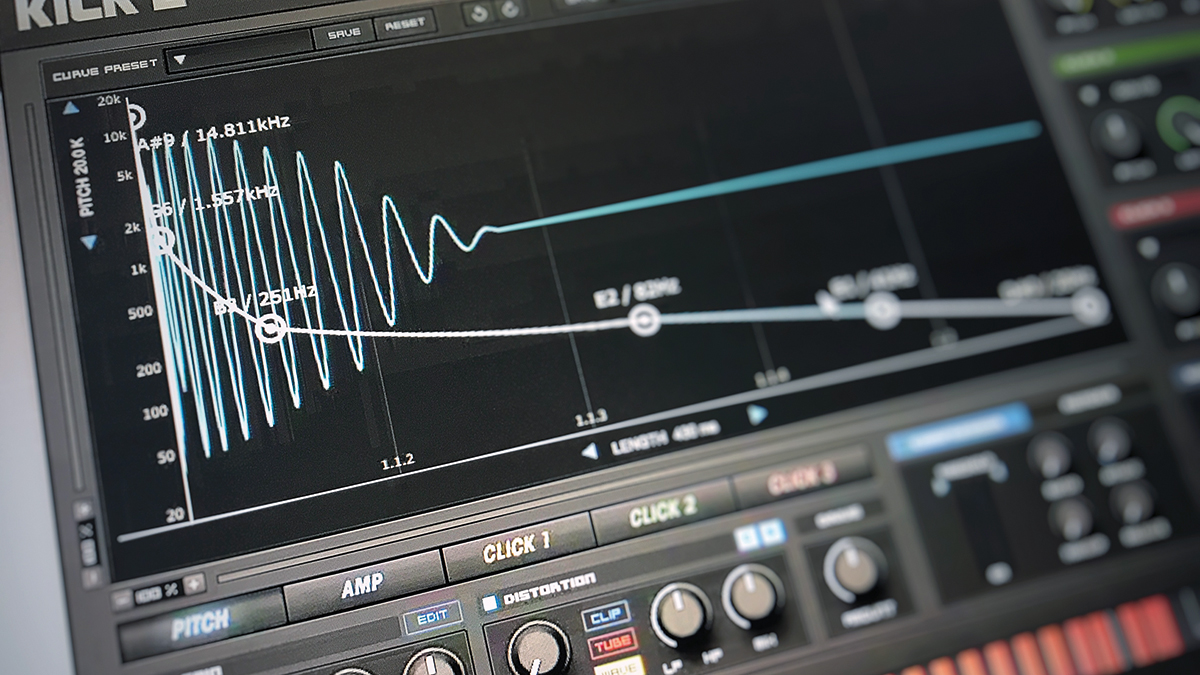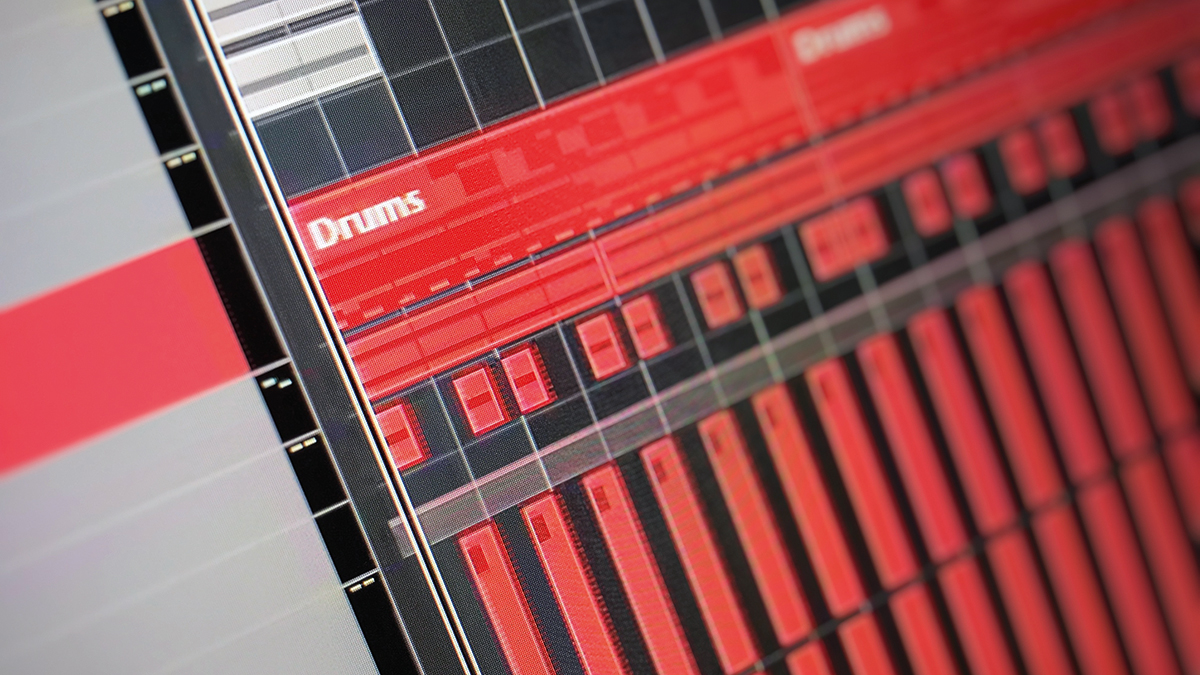The Track: Pythius breaks down the making of Auxiliary
Utrecht-based producer and DJ shows us the inner workings of his latest release
Utrecht resident and Black Sun Empire affiliate Hylke Klazema aka Pythius has taken the drum & bass scene by storm with his dark and deadly dancefloor workouts, with releases on Cause 4 Concern, Eatbrain and Blackout Music.
We found out more about the granular approach to beat and bass construction used in Auxiliary from his recent Upheaval EP.
You take a very technical approach to drum and bass sound design in Auxiliary, for example creating your own snare transients. Is that the kind of approach you take with all your tracks?
“Most of them yes. I like to use these digital transients because it gives you depth, much more control of the tonality and the punch, and lets you decide the whole expression of the snare instead of having to rely on either a recorded sample or something that someone else made. So I like to have that kind of level of control of the sound.”
You used Sonic Academy Kick 2 to make your snare transients. How does that differ from a kick transient?
“It’s one or two octaves higher than you’d have the kick, so it will go down to about 200Hz rather than like 90Hz, and I used a triangle oscillator for the snare in Auxiliary.”
You use both Native Instruments FM8 and Xfer Records Serum to make filthy bass noises in the video. How do you decide which synth to use?
Get the MusicRadar Newsletter
Want all the hottest music and gear news, reviews, deals, features and more, direct to your inbox? Sign up here.
“Sometimes when I hear like a cool bass or something, I’m like ‘oh OK, I can make this’. Then I’ll think about how it was made based on the characteristics of the sound, because you’ll hear it and think ‘that’s a wavetable sound’ or ‘that’s something else’.”
There’s a lot of bass articulation in the track. Will you usually automate a single instance of a synth or use multiple instances for things like LFO tempo changes?
“For the Auxiliary bass, I used the Kilohearts Multipass plugin on the group. So that works! If you want to switch tempos, I generally do prefer to have different instances of the plugin. I made this track a while ago called Driveyard and that was a triplet track with a staccato bass that would roll, and it switches tempo a few times in the track. That would just be a case of switching the instance.”



Kilohearts Phase Plant synth is popular now – have you tried it?
“I actually got it last week! They hit me up with all their plugins a week ago, which was a nice surprise! I really like how it’s a hybrid synth: you’ve got the virtual analogue oscillators, sample oscillator and wavetable oscillator, and you can stack them as much as you like. I don’t know if there’s a limit, but if there is, I haven’t got to it yet. I made a very digital Reese bass with it using two sines with one detuned so they start phasing a bit. Then you can group them – so I had that as a group going into Phase Plant’s effects.
Hardware
Windows 10 PC
Adam S3A x2
Adam Sub10 Mk2
Yamaha Steinberg UR28M
Native Instruments Komplete Kontrol S61
Moog Subsequent 37
Behringer HM300
Beyerdynamic DT 990 Pro
Software
Steinberg Cubase
Sonic Academy Kick 2
Xfer Records Serum
Native Instruments plugins
FabFilter plugins
“Then I had a second group with noise also going into the effects lane, and used the Faturator which gives you a really digital-sounding but thick Reese bass. So you’ve got the modulation from the two sine waves going against each other, and when you add the noise, you get that whole crunch.
“Then I made a Reese bass with my Moog and I resampled that and put it into another group in the Phase Plant patch with a sampler, and it added such a new world of harmonics and really finished the sound off! I really liked the combination of digital oscillators and an actual Moog.”
There’s a lot of volume modulation in your tracks generally. What do you use to do that?
“I use Pro-C 2 by FabFilter. I really like how they got that lookahead in there. Obviously it creates a lot of latency, but then again when you’re rendering something out, who cares? If you’re not directly playing from hardware synths it doesn’t really matter. So it just takes a short while after pressing play for the whole project to play. It does make a difference to the sound, and it beats doing it manually! I see some guys doing that. Just throwing everything in with actual volume automation by hand. They’re like ‘you can get it slightly before the transient hits, you can already make it go down a bit!’... and I’m like, ‘my god’... but thankfully Pro-C has the lookahead in there that just saves amazing amounts of time!”
Auxiliary features on the Upheaval EP, released on Blackout Music and Future Music issue 358 is on sale now.



I take care of the reviews on MusicRadar and Future Music magazine, though can sometimes be spotted in front of a camera talking little sense in the presence of real musicians. For the past 30 years, I have been unable to decide on which instrument to master, so haven't bothered. Currently, a lover of all things high-gain in the guitar stakes and never one to resist churning out sub-standard funky breaks, the likes of which you'll never hear.









